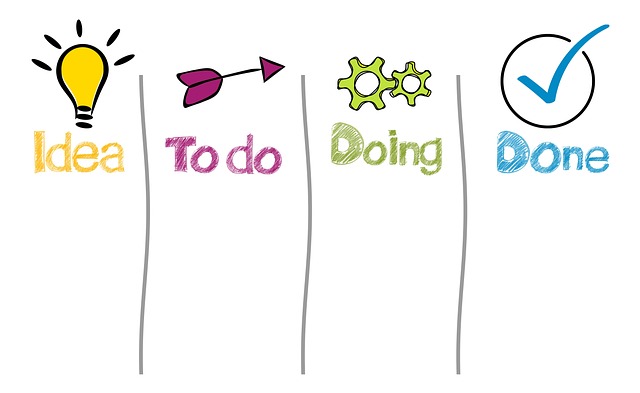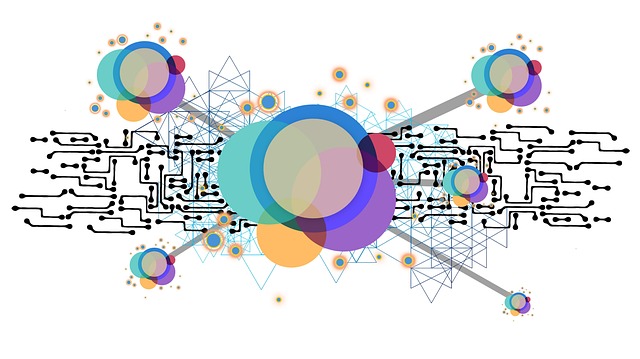5S training, rooted in Japanese production systems, is a lean management tool that teaches employees to maximize productivity through meticulous organization. By implementing Sort, Set in Order, Shine, Standardize, and Sustain concepts, organizations achieve gains like improved workflow efficiency and enhanced employee engagement. This systematic approach leads to a culture of continuous improvement, process standardization, and swift adaptation to evolving demands, ultimately boosting productivity, workplace consistency, and satisfaction.
In today’s fast-paced business landscape, an efficiency-driven workplace culture is vital for staying competitive. This article explores three key strategies to achieve that goal: Understanding Efficiency through 5S Training, implementing Lean Management Techniques for streamlined workflows, and adopting process standardization with continuous improvement. By delving into these methods, organizations can optimize their operations, enhance productivity, and foster a culture of constant refinement.
- Understanding Efficiency: The Core of 5S Training
- Lean Management Techniques for Streamlined Workflows
- Standardization and Continuous Improvement in Practice
Understanding Efficiency: The Core of 5S Training

Efficiency is the lifeblood of any successful workplace, and at the heart of achieving this lies 5S training—a powerful lean management tool that transforms disorganized spaces into streamlined operations. This method, deeply rooted in Japanese production systems, teaches employees the art of maximizing productivity through meticulous organization. By implementing 5S principles, workplaces can achieve remarkable results, from improved workflow efficiency to enhanced employee engagement.
The core of 5S training revolves around five key concepts: sort, set in order, shine, standardize, and sustain. These steps guide organizations in systematically organizing their spaces, eliminating waste, and establishing consistent processes. Sort involves removing unnecessary items; set in order ensures a logical arrangement for quick access. Shine highlights the importance of cleanliness and maintaining an orderly environment. Standardize focuses on process standardization to create consistency, while sustain emphasizes continuous improvement, ensuring these practices remain embedded in the workplace culture over time.
Lean Management Techniques for Streamlined Workflows

In the pursuit of an efficient workplace culture, Lean Management techniques offer a powerful set of tools for streamlining workflows and enhancing productivity. One key method is the implementation of 5S training, which focuses on sorting, setting in order, shining (cleaning), standardizing, and sustaining. This systematic approach to workplace organization not only improves visual management but also fosters a disciplined environment where every item has its place and purpose.
Process standardization is another critical aspect of Lean Management. By documenting and optimizing work processes, organizations can eliminate waste, reduce errors, and ensure consistent quality. This involves identifying non-value-added steps in procedures and removing or reordering them to create smoother, more efficient operations. The continuous improvement mindset inherent in Lean practices encourages regular reviews and adjustments to these standardized processes, ensuring they remain tailored to the evolving needs of the business.
Standardization and Continuous Improvement in Practice

In an efficiency-driven workplace culture, standardization and continuous improvement go hand in hand. Implementing practices like 5S training fosters a systematic approach to workplace organization, enabling employees to identify and eliminate waste within their processes. This lean management technique not only enhances productivity but also ensures consistency across various work areas.
By adopting process standardization, organizations can streamline operations and create an environment where continuous improvement is the norm. Regular reviews and adjustments based on data-driven insights keep the workplace agile and responsive to changing demands. This dynamic approach allows for ongoing refinement, ultimately leading to increased efficiency and a more satisfied workforce.
